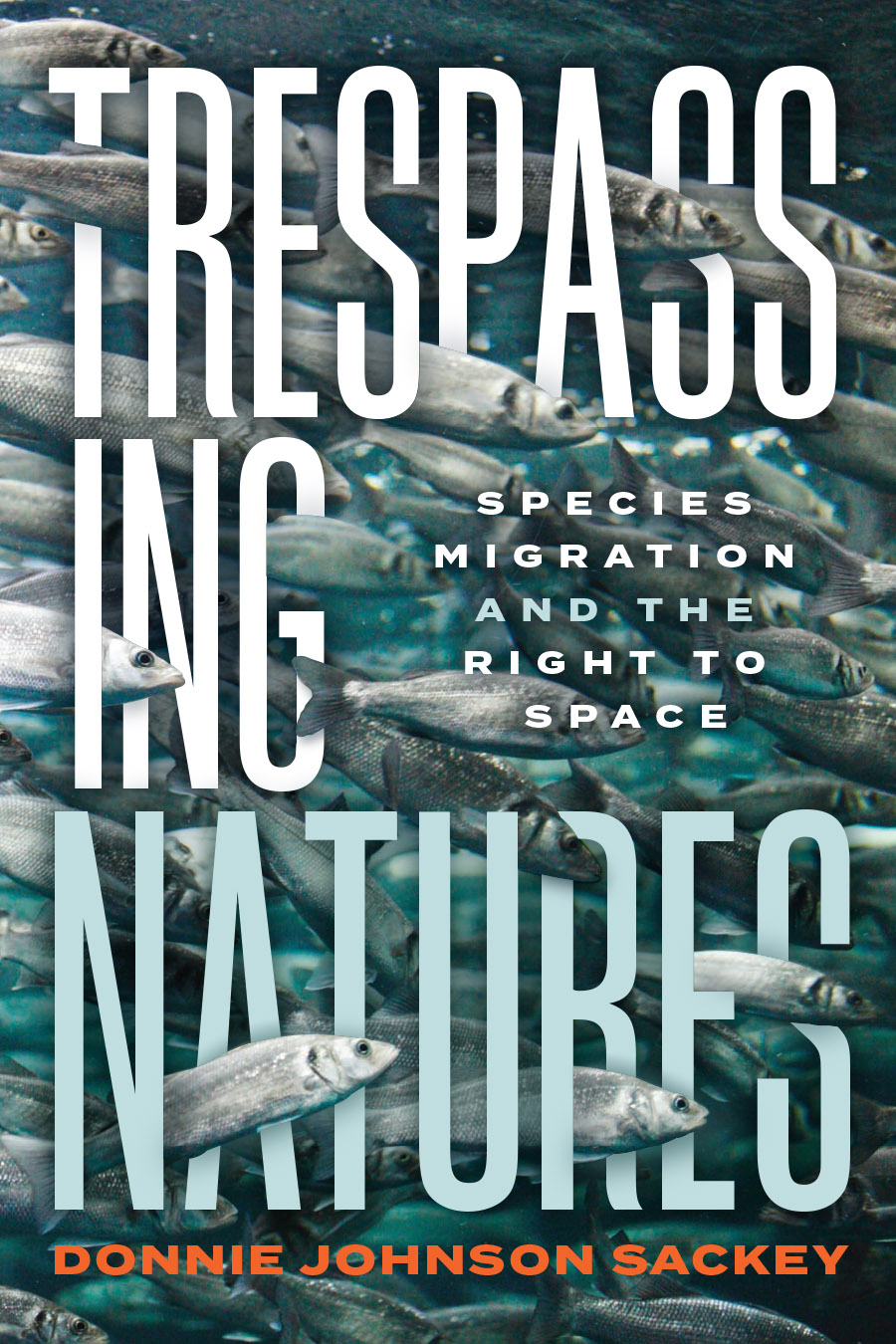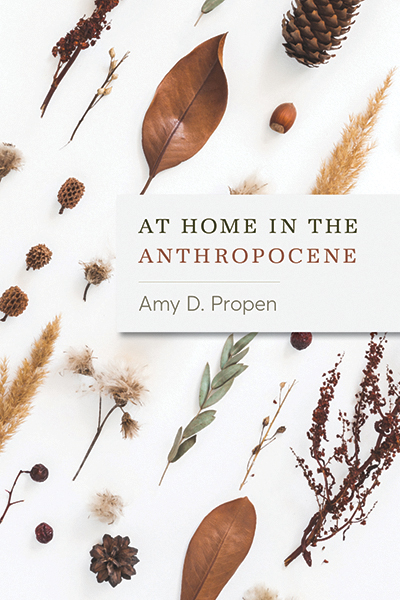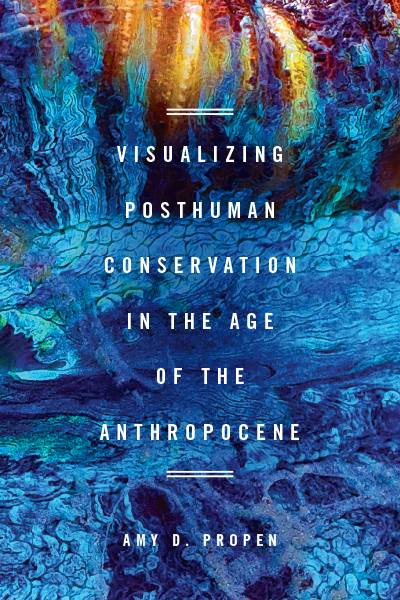“Particularly timely....Trespassing Natures contributes to discussions in rhetoric and writing studies that engage with ecology, multiplicity, and pluriversality.” —Bridie McGreavy, ISLE: Interdisciplinary Studies in Literature and Environment
“An important book that persuasively pushes us to rethink how we talk about nonhuman species range shifting in a global context of concurrent growth in climate-induced ecosystem stress and xenophobic hostility to migrants.” —Tarquin Holmes, H-Net Reviews
“Sackey argues for a new paradigm for invasiveness that encourages us to rethink species belonging—our own and that of nonhuman others. Configuring space, identity, and institutions as the social actors that frame invasive species, Sackey thoughtfully expands notions of community to include those we often want to exclude from consideration.” —Jennifer Clary-Lemon, author of Nestwork: New Material Rhetorics for Precarious Species
“In this timely and important contribution to conversations on environmental rhetoric, Sackey offers methodologies for studying complex sociobiotic ecologies and for reimagining our collective response to multispecies climate precarity.” —Candice Rai, author of Democracy’s Lot: Rhetoric, Publics, and the Places of Invention
As old worlds become hostile and new spaces become hospitable, many species are shifting their ranges to live in locations where they have never previously existed. Biological and sociocultural realms collide and boundaries blur, making it increasingly difficult to mark definitively who belongs and who is a trespasser. In Trespassing Natures, Donnie Johnson Sackey troubles the idea of biological “invasion,” turning our attention away from scientific considerations and toward the discursive and rhetorical dimensions of this term—offering a new paradigm that recasts this issue as a question of what it means to live in multi-species communities. Presenting case studies on bed bugs, bighead carp, feral cats, and mackerel, Sackey argues that the identification of a species as an invader is not merely a scientific act, but a cultural and political one. By questioning issues around space, identity, and the institutions that make human participation apparent, Sackey redirects focus away from the belief that a single species threatens space. Ultimately, Trespassing Natures asks us to expand our idea of community and question who has the right to space.

Donnie Johnson Sackey is Assistant Professor in the Department of Rhetoric and Writing at the University of Texas at Austin. His work has appeared in Communication Design Quarterly, Rhetoric Review, Journal of Technical Writing and Communication, and Technical Communication Quarterly, among others.
Author photo credit: Rob August
Contents
Acknowledgments
Introduction Rhetoric and the Placing of (Invasive) Species
Chapter 1 Bugs without Borders: Spatializing Invasion’s Rhetorical Ecology
Chapter 2 Unruly Fish: Regulating Identity within and across Borders
Chapter 3 Cat’s Cradle: Rendering Life Disposable through Institutions
Chapter 4 Holy Mackerel! Reconsidering Invasion Ecology in the Anthropocene
Conclusion H. Sapiens
Works Cited
Index





